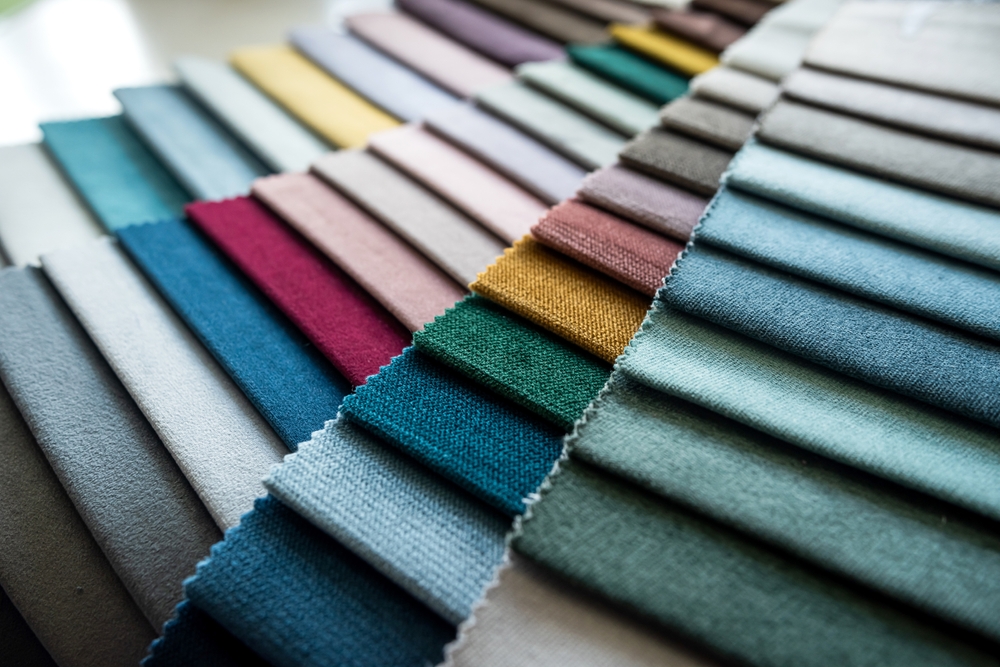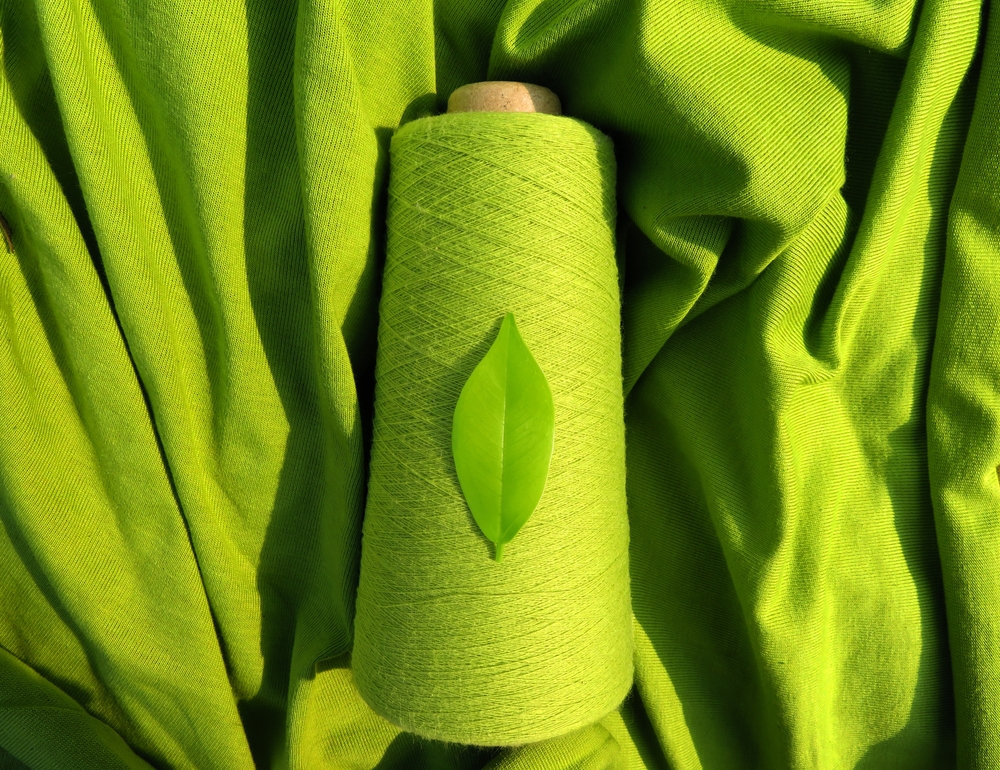The world of fashion and design is always changing due to the complex interactions between environmental concerns, cultural shifts, and technological advancements. The world of textiles is arguably one of the most fascinating evolutionary domains within this dynamic tapestry. Here, amid the fabric’s warp and weft, is emerging a new era marked by creativity, inventiveness, and an unwavering quest for perfection.
Redefining Tradition: Textile Evolution
In the past, textiles were identified with materials woven from synthetic or natural fibers, each of which added a thread to the fabric of human civilization. However, thanks to ground-breaking developments in material science and engineering, the definition of textiles is fast growing. These days, textiles are made of a wide range of materials, including polymers engineered at molecular level to biodegradable fibers that are derived from renewable resources.

Leading this evolution are textiles with extraordinary qualities that go against common sense. Consider materials that can mend rips and punctures with just a touch, for example. These materials, which draw inspiration from biological systems, employ novel mechanisms to seamlessly mend themselves, such as adhesive agents contained in microcapsules, and they provide previously unheard-of durability and longevity.
Similar to this, the idea of “smart textiles” has become more popular recently, signaling the beginning of a new phase of usefulness and interaction. Designers have unlocked a plethora of possibilities by incorporating sensors and conductive fibers into the fabric matrix. These possibilities include interactive displays woven into clothing and clothing that monitors vital signs. The combination of textiles and technology not only improves utility but also makes it harder to distinguish between the digital and physical worlds.
Prioritizing sustainability: Eco-friendly substitutes
The textile industry finds itself at a crossroads, having to balance the need to balance ecological responsibility with economic imperatives, as concerns about environmental sustainability grow. As a result, creative thinkers are utilizing the force of nature to propel sustainable innovation by developing environmentally friendly substitutes for traditional materials.
Using biodegradable polymers made from renewable resources, like cellulose or corn starch, is one such strategy. With similar performance qualities and less environmental impact than plastics made from petroleum, these bio-based materials present a strong substitute. Additionally, post-consumer waste can now be recycled into premium fibers, completing the textile lifecycle and lowering reliance on virgin resources. This is made possible by advancements in recycling technologies.
Furthermore, the advent of “regenerative textiles” signifies a paradigm shift in the sector, placing an emphasis on social justice and environmental regeneration as well as holistic production methods. These initiatives, which range from community-driven programs empowering artisanal weavers to regenerative cotton farming practices that restore soil health, demonstrate a commitment to sustainability that goes beyond simple regulatory compliance.
The Emergence of Functional Textiles: Where Function Meets Style
Textiles no longer only have to be beautiful in today’s hyperconnected world—they also have to meet a wide range of functional needs, such as improving performance and adapting to the environment. The need for textiles with multiple uses has sparked an innovation wave that is bringing functionality, fashion, and technology together.
The incorporation of phase change materials (PCMs) into textile substrates is one area of particular interest as it allows clothing to control body temperature and improve comfort in a variety of climates. Designers can produce “smart fabrics” that absorb, store, and release heat energy in response to changes in the surrounding temperature, guaranteeing ideal thermal comfort all day long. This is achieved by encasing PCM microcapsules within fabric fibers.
Comparably, the development of conductive textiles has transformed the wearable technology industry and opened the door for clothing to seamlessly incorporate electronic parts like microcontrollers, actuators, and sensors. The boundaries between fashion and function are being blurred by innovations such as fitness trackers integrated into sportswear and illuminated clothing that reacts to movement or music, providing new opportunities for customization and self-expression.
Biomimicry: Drawing Inspiration from Nature
Designers have historically drawn inspiration from nature, which offers a vast array of forms, patterns, and mechanisms. However, the idea of biomimicry has become more well-known recently as scientists work to decipher the principles of nature’s design and apply them to the textile industry.
The natural world is full of examples of exquisite adaptation and optimization, from the hydrophobic qualities of lotus leaves to the iridescent hues of butterfly wings. Scientists and designers have gained insights into these phenomena through study, and these insights are used to create novel textiles with improved performance and functionality.

Biomimetic textiles, for example, that draw inspiration from the structure of shark skin, have improved hydrodynamics and decreased drag, which makes them perfect for everything from swimsuits to aerospace engineering. Similarly, the complex vein structure of leaves has served as an inspiration for the creation of “vascular textiles,” which are able to independently control moisture content and provide a viable substitute for traditional moisture-wicking materials.
Conclusion
One thing is very evident as we explore the unexplored territory of this new era of textiles: the possibilities are only limited by our imagination. The convergence of science, art, and sustainability is transforming the very fabric of our world, from biomimetic structures to smart textiles, from self-healing fabrics to regenerative textiles.
It is our collective duty as consumers, manufacturers, and designers to welcome this new era with open hearts and minds, to support creativity, and to cultivate a sustainable culture that will guarantee a better tomorrow for future generations. By doing this, we weave one thread at a time toward a more resilient, just, and beautiful world while also paying tribute to the legacy of those who came before us.

